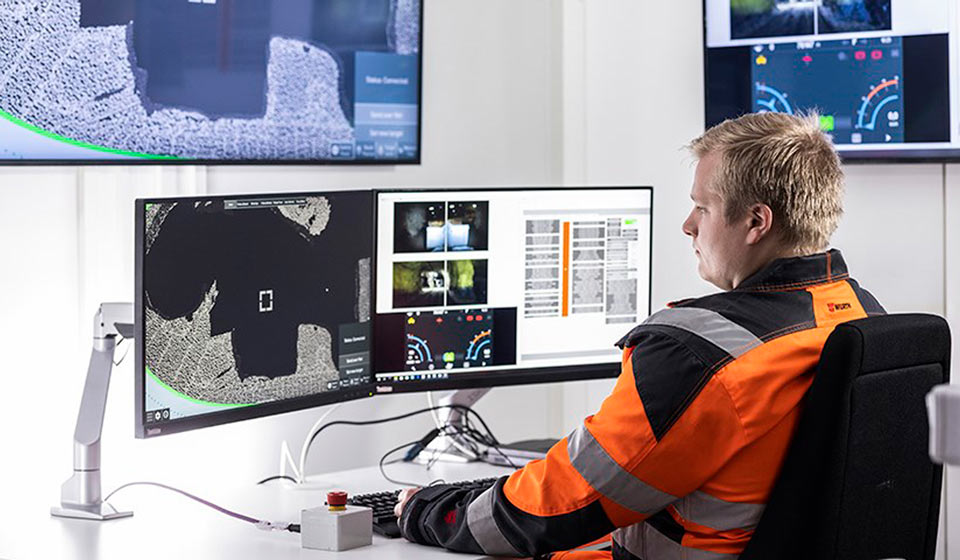

Rock movement is measured, for example, during the excavation work of tunnels, parking halls and other underground spaces.
Typically, the designers of rock structures have modelled rock behavior during excavation work. The importance of measuring is also emphasised by the fact that in major cities, rock resources have already been built for the most part, so work is carried out in more challenging conditions than before. With the help of measurements, contractors can also prove that the excavation work has not damaged the surrounding buildings.
The measuring devices are three-point or five-point extensometers with a measuring range of 25–100 mm. The extensometers are installed in boreholes and, when the rock moves, the anchors installed in various depths move with it in relation to the reference head. The anchor and reference head temperatures are also measured and reported. Reading heads convert the movement of an extensometer into an electronic message that the FinMeas automatic reading and data transfer device converts into digital format. The central processing unit of this device transfers the measurement data automatically to FinMeas Online, which provides easy access to up-to-date measurement data from any device.


